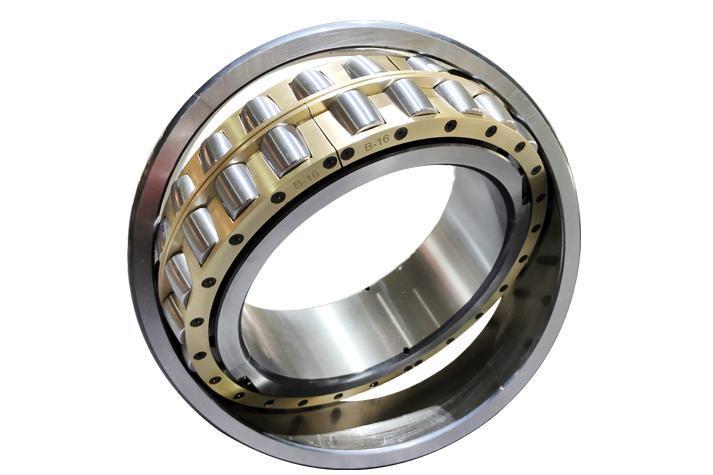
Angular contact ball bearings play a crucial role in various industries, providing durability and precision to support radial and axial loads in machinery. However, deciphering the alphanumeric codes that label these bearings can often be confusing. In this blog, we will delve into the intricacies of bearing numbers, specifically focusing on angular contact ball bearings. By the end, you'll have a clear understanding of how to read and interpret these important markings.
Angular contact ball bearing numbers are alphanumeric codes that convey important information about the bearing's dimensions, design, and manufacturing process. These numbers, although seemingly complex, hold valuable insights for engineers, maintenance professionals, and anyone involved in the selection, installation, and upkeep of bearings.
Angular contact ball bearing numbers are composed of multiple sections, each representing essential details about the bearing's specifications. These sections may include information about the bore diameter, series identification, contact angle, and other dimensions specific to the bearing construction.
Let's take a closer look at the various sections within an angular contact ball bearing number:
Section 1: Series Identification
The series identification code helps classify the bearing based on specific dimensions and characteristics. It typically consists of a single alphabet or numerical digit, indicating the basic series design.
Section 2: Bore Diameter
This section denotes the internal diameter of the bearing, measured in millimeters or inches. The bore diameter determines the fit of the bearing on the shaft and plays a crucial role in load-carrying capacity.
Section 3: Contact Angle
The contact angle, expressed in degrees, indicates the type and extent of load the bearing is designed to withstand. Angular contact ball bearings are renowned for their ability to handle both axial and radial loads, and this section provides information about the contact angle for optimal performance.
Section 4: Additional Specifications
Depending on the angular contact ball bearing manufacturer, other alphanumeric codes may follow, providing further details such as bearing width, cage material, and other specific design considerations.
Understanding bearing numbers empowers engineers and maintenance professionals to make informed decisions. By studying the markings and applying this knowledge, individuals can select the most appropriate angular contact ball bearings for their applications, reduce downtime, and ensure optimal machinery performance.
In conclusion, angular contact ball bearing numbers might seem intimidating at first glance, but by breaking down the codes and understanding their significance, one can unlock a wealth of information about these essential components. Armed with this knowledge, engineers and maintenance professionals can navigate the world of angular contact ball bearings with confidence, selecting the right bearing for every application. Remember, a small investment of time in understanding bearing numbers can result in significant rewards in terms of efficiency, reliability, and longevity of machinery.

